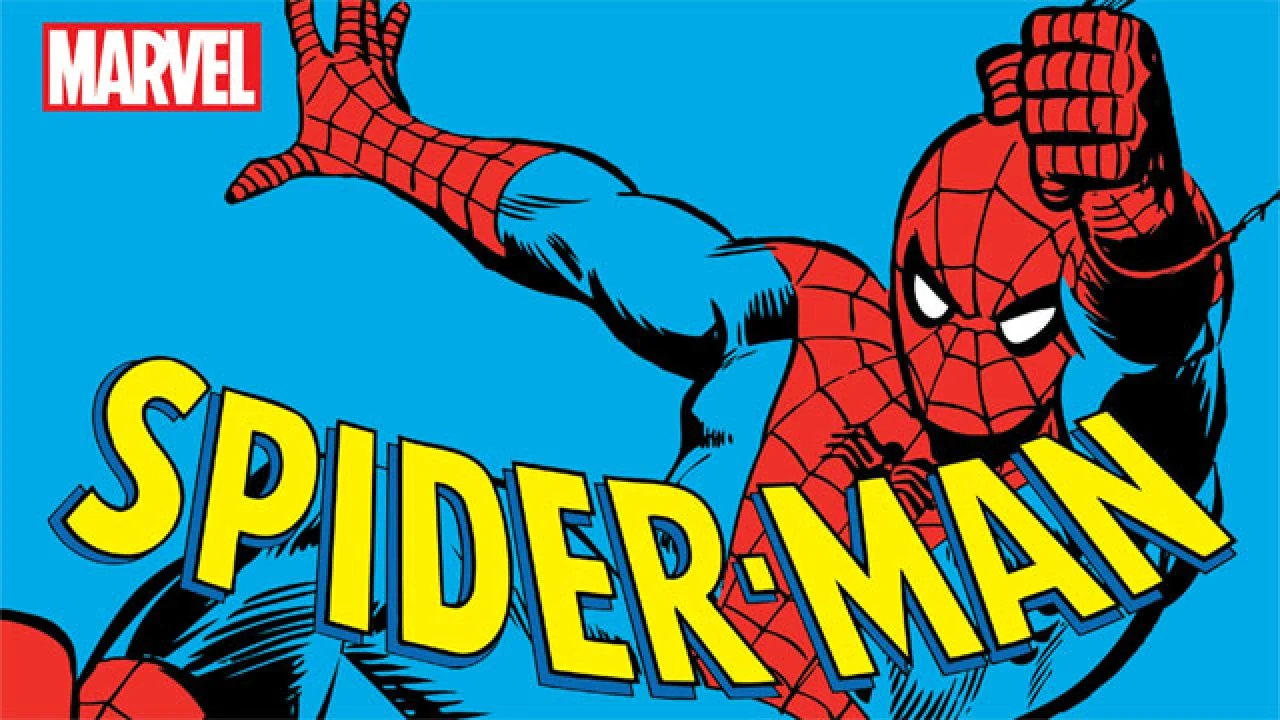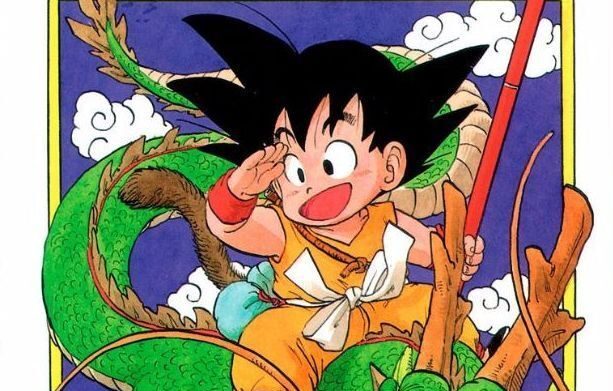
Why Dragon Ball is so Popular after over 40 Years?
Year
Length
Probably the funniest thing about Dragon Ball is that its author was incredibly lazy. Akira Toriyama (1955-2024), an artist who literally changed the history of comics, was the kind of guy who spent most of his time watching movies or assembling model kits, instead of working.
Although he was never late, in several interviews Toriyama stated that he usually rushed the work on his manga close to the deadline. It’s a huge anomaly, considering that almost any other mangaka works tirelessly to keep up with the weekly publication. Toriyama also stated multiple times that he drew in a simple way not much out of a stylistic choice, but because it was easier and faster for him.
And yet, aside from his laziness and gimmicks to make his life as a cartoonist easier, Toriyama has been a huge influence on whoever decided to make manga after him.
Where did the legend start: inspirations and plot of Dragon Ball
Briefly, Dragon Ball starts as the story of a little boy, Goku, who gets involved by the cunning girl Bulma in the search for the dragon balls, seven spheres that can grant whatever wish to the one who gathers them all. However, this is just a starting point of a story of battles and friendship: throughout it, Goku will meet endless opponents, testing his strength over and over again.
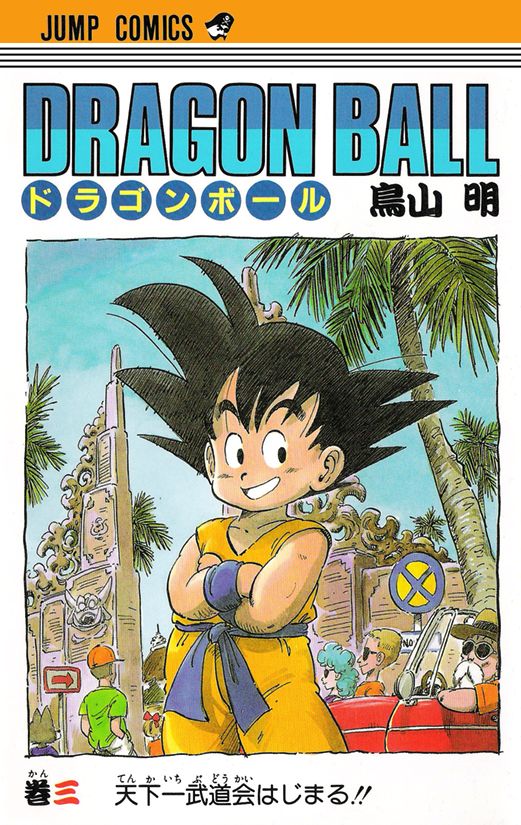
Toriyama was already very popular among readers, thanks to his previous Dr. Slump (1980), which was a publishing sensation. However, when Dragon Ball came out, the readers weren’t enjoying it very much. In Japan, readers often have a direct influence on whether and how comics will keep on being published. Magazines like Weekly Shonen Jump, which published Dr. Slump and Dragon Ball, used to publish a chapter a week and gather readers’ opinions on it via mail and surveys.
Dragon Ball, a bizarre story vaguely inspired by the Chinese classic Journey to the West, wasn’t what people were looking for. So, after a couple of dozen chapters, to stir things up, Toriyama launched the first Tenkaichi tournament, where Goku and all the characters could fight against each other. From that moment on, the popularity rating skyrocketed and so it became clear what kind of manga Dragon Ball would become: a manga about fighting.
Gags and fights: the two sides of Toriyama in Dragon Ball
At first, Dragon Ball was in some way similar to Dr. Slump. The setting was more or less funny and satirical, targeting martial arts in this case, as Toriyama was a fan of martial arts movies. The action took turns with trivial gags and hilarious misunderstandings, in a way that recalled Japanese folk literature. Toriyama was a natural in this kind of writing, as shown by his previous work, his short stories or further manga like Sandland.
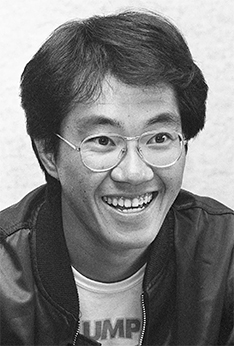
However, what Dragon Ball showed more and more was also that Toriyama had a solid ability in laying out his stories, in arranging the panel in order to get the smoothest output of the characters’ actions. Thanks also to his background as a graphic designer, what always stood out in his works was the capacity to make everything clear and striking.
This skill of his was particularly handy in illustrating fights. Along with the frequent onomatopoeias and speed lines, the framing switches between moments of utmost tension, right before the action happens, and sequences of vignettes where the hits and movement are numerous and tightly connected. Moreover, when there aren’t dialogues, the vignettes become fewer and wider, making the reading faster and more fluid.
It’s almost like watching a movie on paper. Maybe it’s not that surprising today, because many cartoonists are now good at this. But probably most of them took inspiration from Toriyama, who between the 80s and the 90s was paving the way for a new way of making comics.
The evolution of Dragon Ball
Due to the newfound focus on battle after the first Tenkaichi tournament, Dragon Ball started to lose its inclination to gags, parodies, deformed anatomies and bulging eyes after a strong blow. If one reads the first volume and then goes directly forward to the battle between Goku and Vegeta or Frieza, two things would be probably evident.
Over time comedy almost disappears from the story, making room for action and battles taking over the majority of pages. On the other hand, the characters’ design turns more and more sharp-edged, losing the round and soft design suitable for the gags of the first volumes. In a way, Dragon Ball became more serious and dramatic, even though Toriyama has always been better at writing comedy and gags and never completely lost a light-hearted touch.
Visuals, plot, characters: what makes the success of a comic series?
However, along with this shift he also improved his drawing style and panelling, creating an actual standard for battle comics. It is a fact that there are comics written way better than Dragon Ball, before and after it. Just to make a couple of examples, the dragon balls themselves or the senzu beans, which grant respectively the chance to revive people or to heal instantly, are poor narrative loopholes, that often compromise or diminish the narrative tension. Also, plot and character development gradually lose relevance as they are often an excuse to trigger one fight after another.
Aside from these considerations, one should also consider that the medium evolved and changed in 40 years. Even manga created for children now show more complex and layered stories than before. Probably the only recent and successful manga with a very basic story and an almost total focus on visuals is One-Punch Man, which both pays homage to and mocks battle manga.
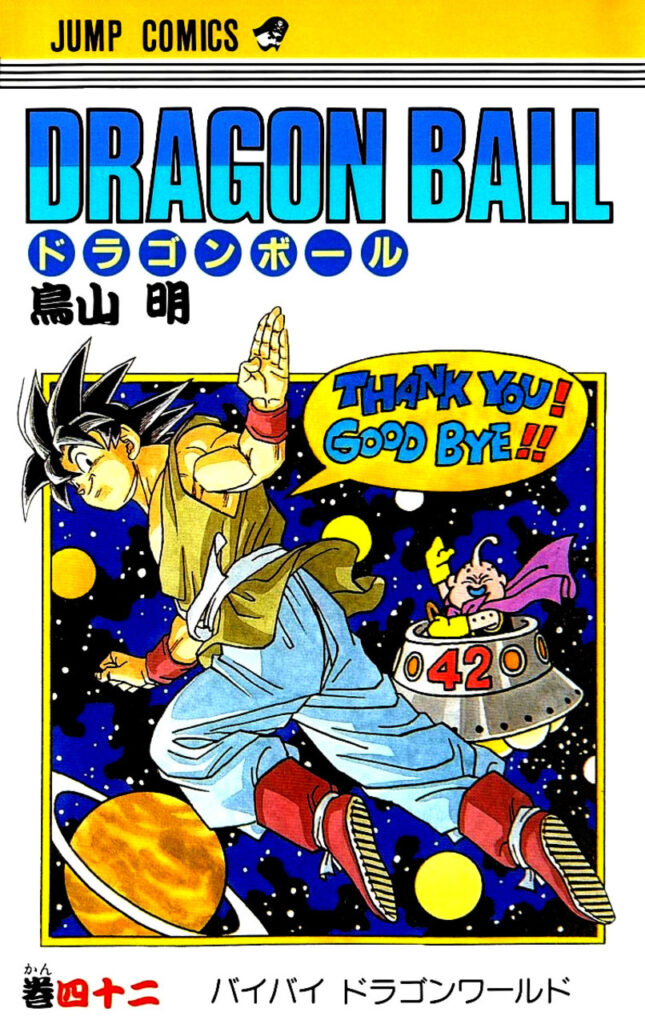
Anyway, focusing on the quality of the story in Dragon Ball can be a misleading way to understand why Toriyama has been such a respected author.
Some works are relevant worldwide not much for the story they tell, but for the imagery they open up for readers and future artists. As much as Osamu Tezuka did in the 50s with Astroboy and his many other works, Toriyama condensed a number of ideas and techniques that expanded the potential of comics. Power-ups, quirky character designs, energy blasts are just some of the features essential to any battle comics from 1984 onwards, all together with plenty of space dedicated to battles, more than ever clearly and thrillingly staged.
Toriyama, the lazy genius who created a work of art
Toriyama said more than once that he couldn’t explain to himself the huge success of Dragon Ball. When reading it again, he didn’t find neither the story nor the drawings that good. Toriyama actually felt embarrassed that he published in the same magazine together with authors he deemed better than himself. Especially considering he was fully aware he was always looking for the fastest way to do the job.
Just to make an example that stands out among many others: the renowned Super Saiyan transformation, widely appreciated also thanks to the animated series, was the result of a choice based on convenience. Since manga are in black and white, Toriyama didn’t ink the blonde hair of the Super Saiyan: this saved him and his assistants a lot of time, since they could often avoid inking the thick and black hairstyle of characters like Goku or Vegeta.
It is hard to say if Toriyama was actually that humble or not, but the fact that his drawings were simpler than others is not necessarily a downside. Quite the opposite, finding the few traits that can convey a clear idea of what is happening is usually harder than drawing an extra-detailed scene. It means the author is well aware of what he wants to show, and how he can do that in the simplest way possible.
With their simple and clear lines, Dragon Ball’s characters, and Toriyama’s style in general, are easy to recognize and to remember. Most of them have a feature that immediately identifies them, from a hairstyle to a missing nose or a pair of sunglasses. Adding also distinctive poses and special blows, Toriyama created iconic characters that still live in the collective imagination.
Dragon Ball and a new protagonist archetype for battle comics
Even though Dragon Ball doesn’t display complex plot or character development, Toriyama had some intuitions that changed the way of writing comics for a young audience. If one compares Dragon Ball to other contemporary and successful works like Hokuto no Ken (1983) or Saint Seiya (1985), a huge difference in the illustrations and panelling style is not the only thing that stands out.
First of all, the idea of showing Goku almost through his whole lifetime was something quite uncommon. Even if this feature had a weaker impact than others in comics storytelling, it contributed to make Dragon Ball a sort of huge and modern epic where the reader follows the same characters over the better part of their lifespan.
The main innovation, though, was Goku being a new kind of protagonist. Quite eccentric, always hungry, naïve and impulsive but with solid values and determined to become the best of all, Goku resembles the description of most of the protagonists of the shonen manga of the last 40 years. Toriyama’s characters don’t have the ambition to be complex, instead they show a clear and limited set of goals and values and thus are also easier to relate to for any kind of audience, especially the younger ones.
Characters like Naruto or Rufy from One Piece, just to mention a couple of well-known examples, are more or less developed in the same way. This suggests that Toriyama not only revolutionized the visual part, but also the way of creating characters. Even if he didn’t fully explore the potential of his intuition, he certainly opened up a new horizon that following comic artists examined in their own way.
Dragon Ball and Akira Toriyama’s impact on pop culture
Aside from his work as a mangaka, Toriyama left a mark in pop culture also thanks to his work as character designer for video games. From Chrono Trigger to the Dragon Quest saga, he created plenty of characters, monsters, settings that influenced this field as much as the comics one.
Dragon Ball significantly influenced the animation field as well. Especially the two animated series, Dragon Ball (1986) and Dragon Ball Z (1989), both contributed to the international success of the manga and enhanced the spectacularity of Toriyama’s taste for transformations and energy blasts. As much as Toriyama was a master in illustrating action and conveying its intensity, the Super Saiyan or the Kamehameha surely has something more on screen.
Additionally, plenty of movies and videogames dedicated to the world of Dragon Ball helped to expand even more the success of a modern classic, which keeps on living with the one currently being published called Dragon Ball Super (2015) by Toyotaro, even if it got mixed reviews.
As of today, Dragon Ball is still one of the best-selling comics ever, with more than 250 million copies sold. Aside from numbers, though, it was also a crucial turn in the exporting of Japanese culture all over the world. When Dragon Ball was translated into other languages, the publisher Shueisha demanded that the comic book kept its original way of reading (manga are read from right to left).
Unlike other translated manga which were flipped and published with the Western way of reading, in this case the publisher knew the quality of the product allowed them to impose conditions. It was a first small step that brought a new era of popularization of Japanese culture that continues still today. Dragon Ball and Akira Toriyama had a major role in this process, as well as in the history of comics altogether.
Tag
Buy a ☕ for Hypercritic









